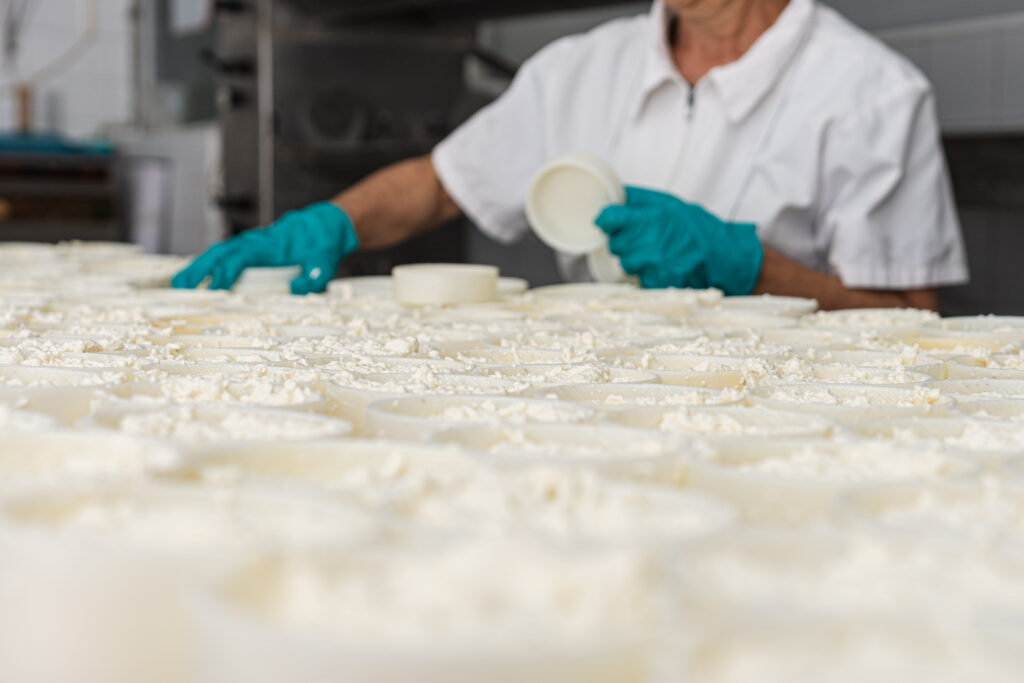In the food and beverage industry, water is essential for everything from ingredient preparation to equipment cleaning. As plants face mounting pressure to conserve and reuse water, simply treating wastewater for discharge may not be enough. Instead, many facilities are adopting a circular water strategy, where every drop of water is maximally reused. Membrane bioreactor (MBR) systems combined with reverse osmosis (RO) offer a highly effective technology stack for achieving this goal.

How MBRs and RO Work Together
MBR: The First Barrier
In an MBR, biological treatment and loose membrane filtration (Microfiltration or Ultrafiltration) work in tandem. Microorganisms break down biodegradable organic matter while the membrane filters out suspended solids, resulting in an effluent that is cleaner and clearer than conventional secondary treatment.
RO: The Polishing Step
By applying pressure to force the MBR effluent water through a semi-permeable membrane, RO removes the dissolved salts and remaining organic and inorganic compounds. This final step polishes the MBR permeate into a water stream that can be reused in a range of applications internally.
Key Benefits for Onsite Water Reuse
- High-Quality Reclaimed Water
The combined MBR+RO approach produces a remarkably pure effluent—often suitable for reuse in cooling towers, boiler feedwater, process and equipment rinsing, or other utility needs. This lowers the facility’s reliance on external or fresh water sources. - Operational Savings
Water purchases can represent a significant operating expense. By reusing water internally, food and beverage processors can reduce their freshwater intake, slashing both water and sewer fees. - Resilience & Sustainability
Maintaining strong water reuse capabilities helps to protect your operations against droughts, water restrictions, and rising utility costs. A facility that can recycle a substantial portion of its water is both more sustainable and less vulnerable to supply disruptions. - Potential for Near-Potable Use
In regions facing acute water scarcity, advanced RO systems following MBR can produce water approaching drinking-water standards. While local regulations may vary, the potential for near-potable reuse represents a significant leap toward water self-sufficiency.
Addressing Common Challenges in Conventional MBR+RO Reuse Systems
- Fouling and Maintenance
In the food and beverage sector, wastewater often contains complex organic compounds, requiring robust pretreatment and a well-planned cleaning schedule.
While careful pretreatment and thorough cleaning protocols remain essential, leveraging advanced membrane technology can significantly ease these challenges, helping to maintain more stable performance over time. - System Integration
Coordinating key factors like flow rates, pressures, filtration stages, cleaning protocols, and monitoring between the MBR and RO systems is essential for optimal performance. An imbalance in one step can affect the entire reuse chain. Ensuring integrated control systems that allow for each system to communicate with the other and operate in unison is essential to minimizing downtime and improving efficiency. - Capital Costs
Although the CAPEX required for these systems can be higher than conventional treatment, the return on investment can be substantial once water savings, reduced discharge fines, and operational efficiencies are factored in. Plants with existing MBR+RO infrastructure can benefit from replacing conventional RO membranes with more advanced, fouling resistant membranes at minimal upfront cost.
What Makes ZwitterCo Membranes Unique
Enhanced Fouling Resistance
ZwitterCo’s proprietary membrane chemistry is designed to resist fouling from fats, oils, and other high-strength organics common in food and beverage wastewater. This allows for more stable flux and fewer, shorter cleaning cycles. ZwitterCo RO membranes are ideal for tertiary treatment applications including polishing MBR effluent for onsite reuse.
Adaptability to Variable Feed Streams
Food and beverage production lines are often subject to seasonal variations or product-related changes. ZwitterCo membranes offer a wide operating range and better tolerance for feed variability, ensuring a reliable water reuse program.
Long-Term Economic Advantages
Longer membrane lifespan and consistent performance translate to reduced operational costs. By reducing cleaning frequencies, plants can save on chemicals, labor, and system downtime—making a compelling case for long-term investment in ZwitterCo’s solutions.
As the food and beverage industry seeks sustainable ways to reduce freshwater consumption and operational costs, MBR+RO integration stands out as a high-impact solution. By producing effluent clean enough for safe, reliable reuse, these systems help facilities become more resource-efficient and environmentally responsible.


